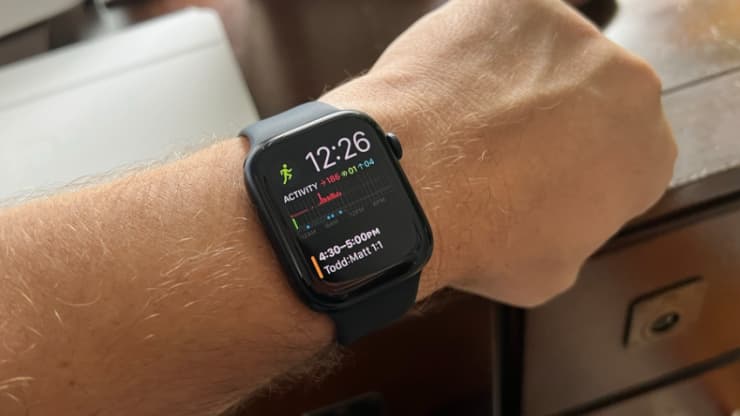BAE Systems recently ran tests to find out how well its rocket guiding technology measures up against the threat of unmanned aerial drones, according to the company.
In tests in June at Yuma Proving Ground, Arizona, a rocket using an APKWS, or Advanced Precision Kill Weapon System, shot down class 2 drones, medium-sized platforms that “adversaries are going to start to use,” said Shanna Owens, PS3 business development director at BAE Systems’ precision strike and sensing solutions on Oct 11.
When the 2.75 inch test rocket launches, distributed aperture semi active laser seekers are activated. The laser guidance optics lock on to the target immediately, instead of waiting for an operator to identify the precise location, she said.
“You save precious time by being able to do that,” she said on the sidelines of the annual Association of the United States Army conference in Washington, D.C.
Additionally, the software of the rocket was upgraded to boost the range by 30 percent and increase the lethality of the rocket.
“The way that it’s hitting is coming in at a much steeper angle with the ability to hit and take out the UAS immediately,” she said.
A new precision fuze developed in collaboration with L3Harris Technologies and Technology Service Corp. will also boost lethality, she noted. The target proximity detection and point detonation capabilities of the fuze enable it to take out the drone without a direct hit, she said.
She noted that the modular nature of the technology could enable the precision kit to be affixed to other systems, giving them counter-UAS capability.
“It’s a lesson to be learned in terms of what we’ve been able to do with APKWS, and how we can translate into other missions, other threats, targets,” she said.
The APKWS precision kit is already in use by all the services in either rotary wing or fixed wing aircraft. Though the counter-UAS capability does not meet any program’s requirements at this time, she said it’s clear from conversations with military customers that drones are a serious threat, she said.
“We just took an opportunity to make sure that we did our testing internally to be able to combat that threat,” she said.
Data from the tests will be aimed at testing the technology at Project Convergence 2022, she noted. A more recent test “a few weeks” ago tested the precision kits in a “different paradigm” but she declined to share more information about the test.
“Being able to demonstrate this capability is really a steppingstone for really widening our aperture into a lot of different threats, a lot of different uses,” she said.


















